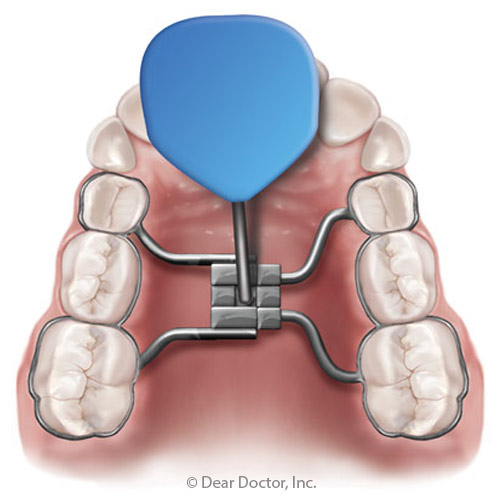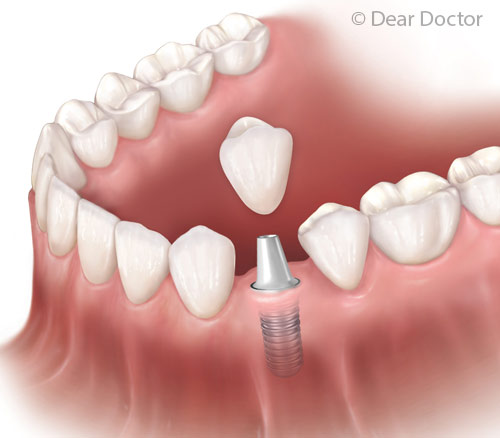Henry Schein and Alpha Omega recently honored 28 dentists in the Chicago area for providing treatment to Holocaust survivors.
Henry Schein joined the Chicago chapter of the Alpha Omega International Dental Fraternity (AO) in recognizing 28 area oral health professionals for their participation in a program that provides free dental care to Holocaust survivors in need.
Launched in 2014 in response to the White House’s call to help Holocaust survivors age with dignity and respect, the Alpha Omega-Henry Schein Cares Holocaust Survivors Oral Health Program has treated more than 140 patients across North America. In Chicago, 19 survivors have been treated, and 22 more are currently receiving treatment.
The participating dentists were honored at a reception held at the Renaissance Chicago North Shore Hotel. Chicago Mayor Rahm Emanuel congratulated the honorees, AO, and the Henry Schein Cares Foundation in a letter read at the event by AO Chicago chapter Ambassador Dr. Laurie Gordon Shaw.
“The success of the Alpha Omega-Henry Schein Cares Holocaust Survivors Oral Health Program relies heavily on the generosity of local practitioners, and Henry Schein stands proudly with the Alpha Omega International Dental Fraternity to honor and thank the Chicago-area oral health professionals for their dedication to this deserving group of people,” said Stanley M. Bergman, chairman of the board and chief executive officer of Henry Schein Inc.
“Holocaust survivors have lived through the unspeakable, and it is incumbent upon the private and public sectors to ensure that essential health services are never beyond their reach,” said Bergman.
The initiative provides care to people identified by the network of Jewish Family and Children’s Service agencies or other identified partner organizations, as well as people of any faith who were victims of Nazi persecution and meet the program’s other eligibility requirements.
In addition to financial need, patient participation is prioritized by 3 factors: the elimination of pain, the restoration of function, and lack of dental coverage. Participating clinicians determine each patient’s scope of care.
The program is designed to fill a critical need for many of the 120,000 Holocaust survivors living in the United States, a quarter of whom live in poverty. Survivors often have special oral health needs, as many suffered from prolonged nutritional deprivation and had little to no dental care access as children during World War II.
“I feel so privileged to be able to provide these patients, who have endured so much during the Holocaust, with the dental care they so desperately need while also giving them an opportunity to share their experiences,” said Gordon Shaw. “I feel so proud to be a member of Alpha Omega and to participate in this program, because if we did not take care of these patients, who would?”
“These survivors would not otherwise receive this dental treatment due to financial limitations, but now can eat without pain and proudly smile with dignity,” said Dr. Avi Wurman, DDS, program co-chair and AO past international president.
In addition to their own offices, some participating dentists treated patients at the ARK, a not-for-profit, community-funded health and human services agency with facilities on Chicago’s North Side and in Northbrook, Ill. Dr. Oded Gargir of the ARK also treated patients as part of the program.
The Alpha Omega-Henry Schein Cares Holocaust Survivors Oral Health Program is financially supported by the Claire Friedlander Family Foundation and the Curt C. & Else Silberman Foundation. Additional support has been provided by the Henry Schein Cares Foundation, Bedford Health Care Solutions, the Dr. Edward B. Shils Entrepreneurial Fund, the Wagner Family Foundation, and the Slomo and Cindy Silvian Foundation.
The event’s honorees included Drs. Laurie Gordon Shaw, Brent Agran, Natalie Baker, Sanford Barr, Jeffrey Bressman, Janet Century, Barry Cherny, Scott Emalfarb, William Feingold, Bruce Hochstadter, Richard Isaacson, David Kanarek, Paul Landman, Carole Landman Feingold, Bianca Malin, Alan Moltz, Robert Pick, Sergio Rubinstein, Milt Salzer, Sheldon Seidman, Wendy Shorry, Chuch Tannenbaum, Terri Tiersky, Dan Uditsky, Michael Wasserman, Howard Weisbart, Alan Weisz, and Sam Weisz.
Source :
23 Feb 2016 Dentistry Today



